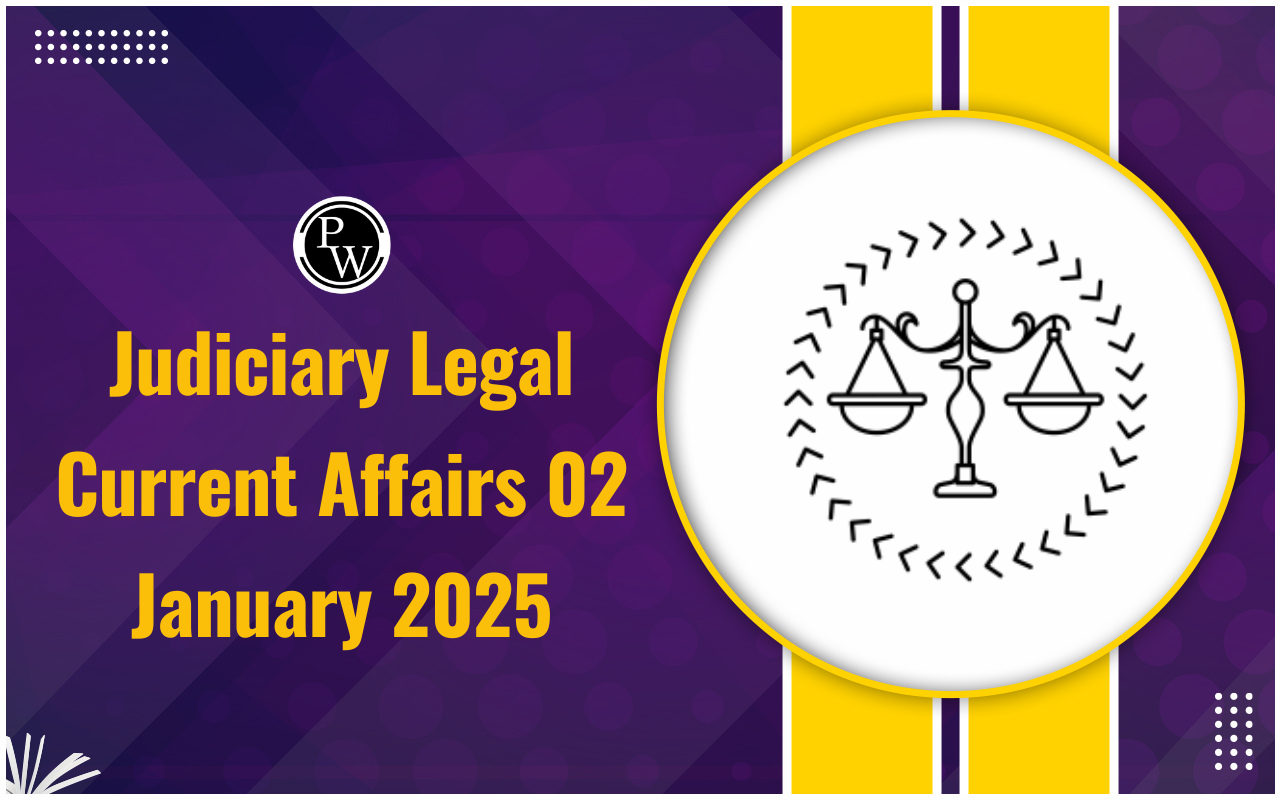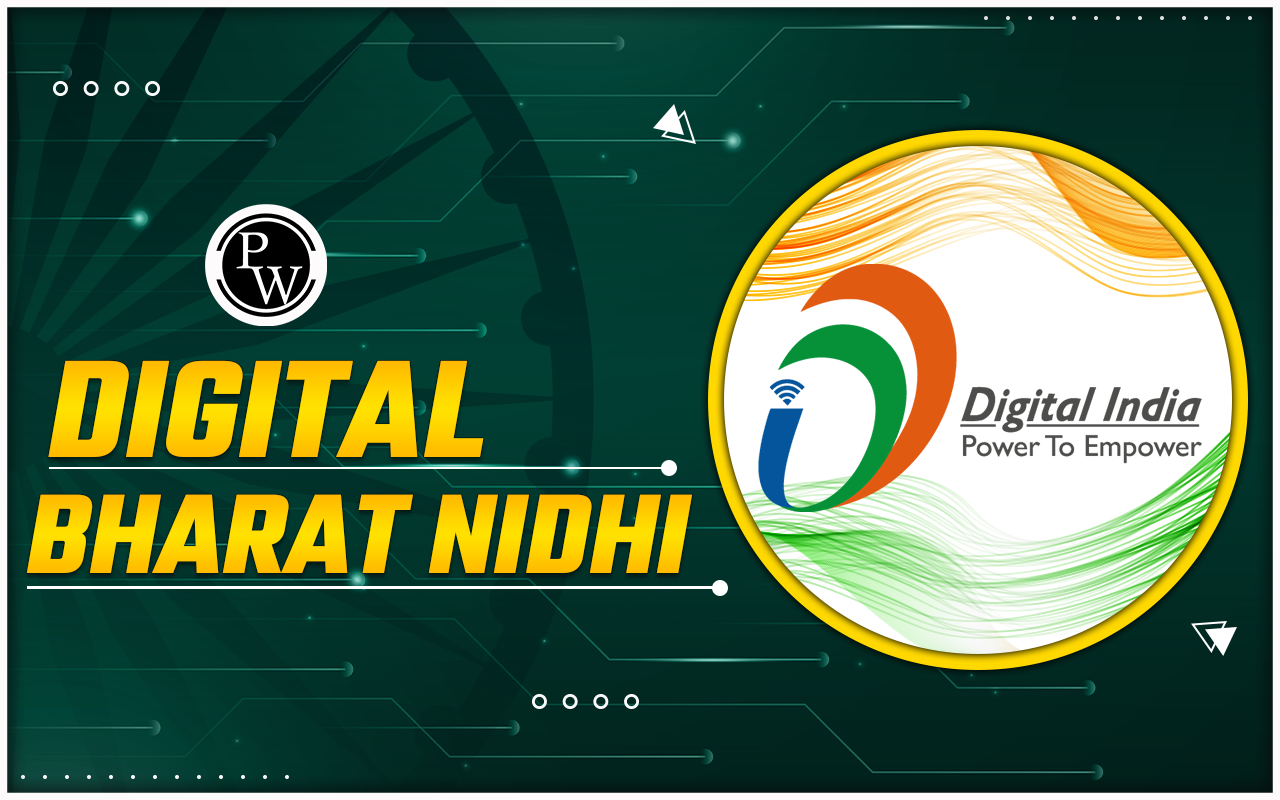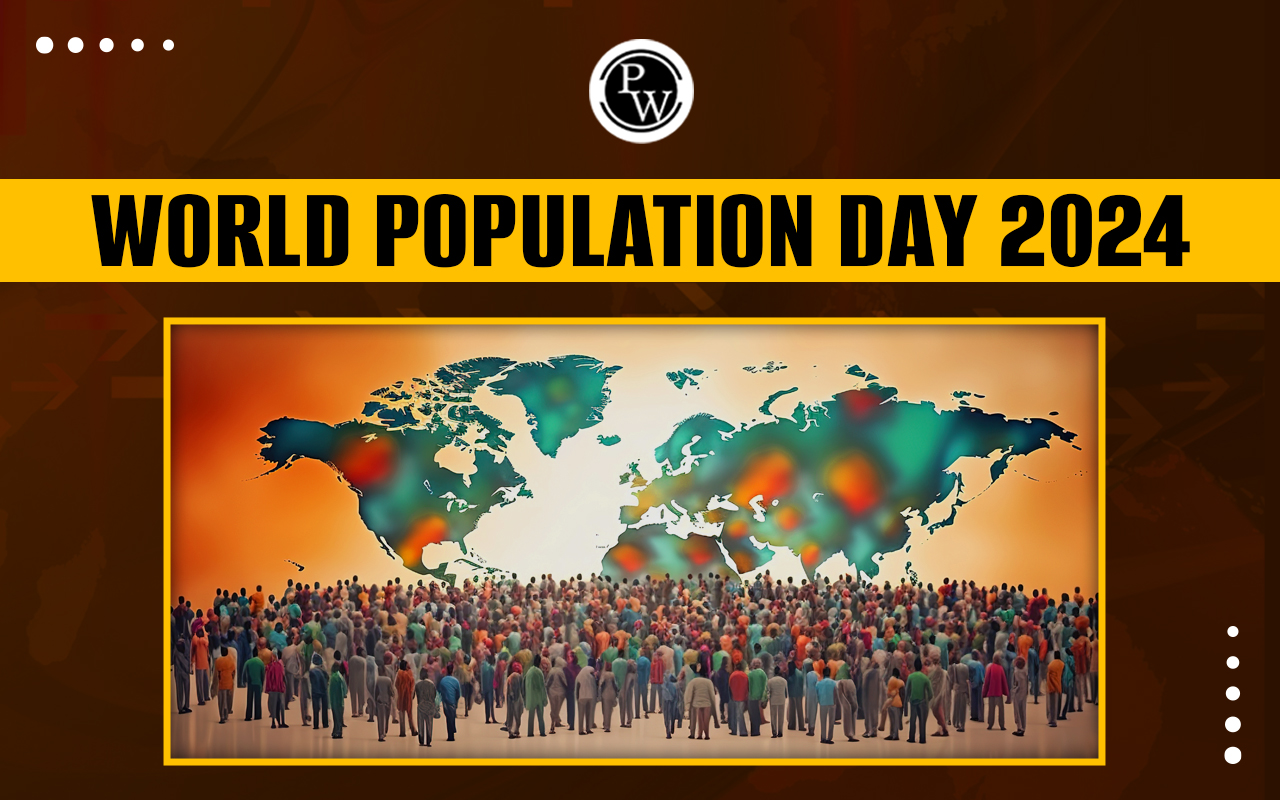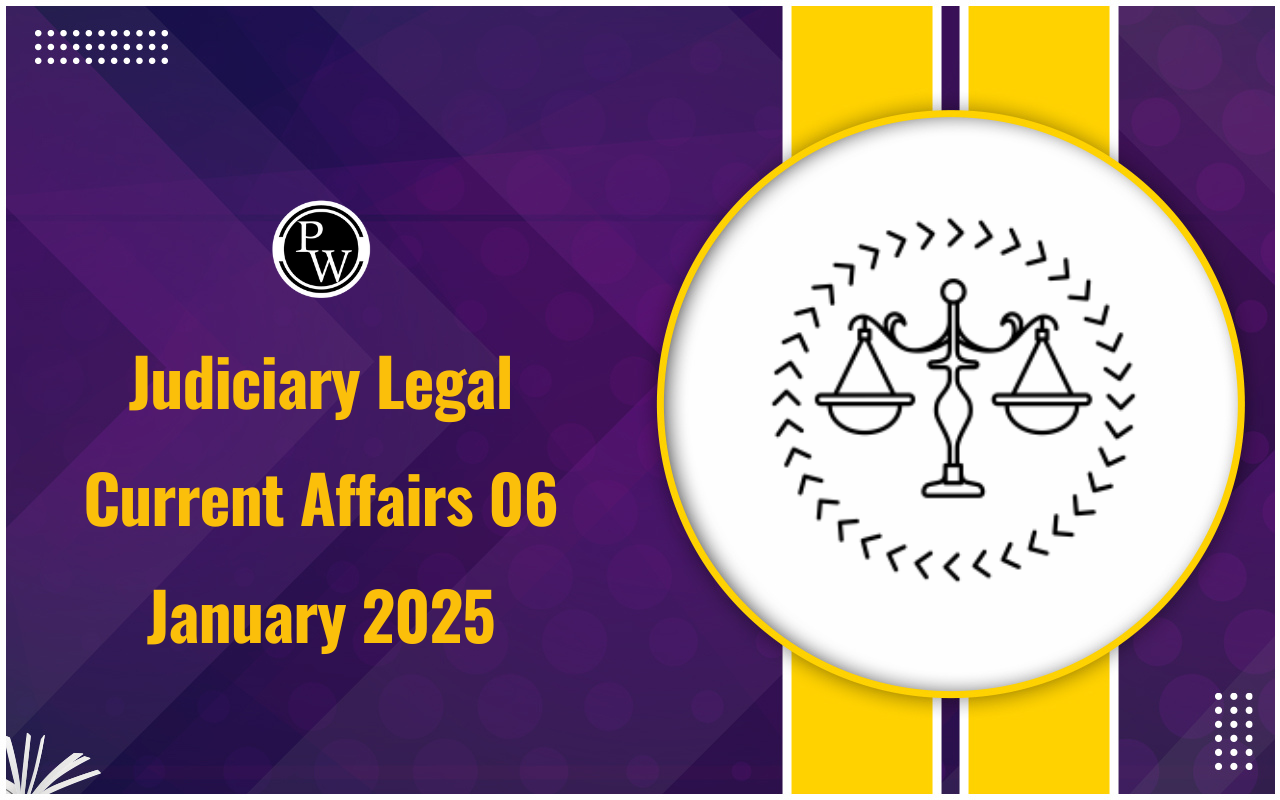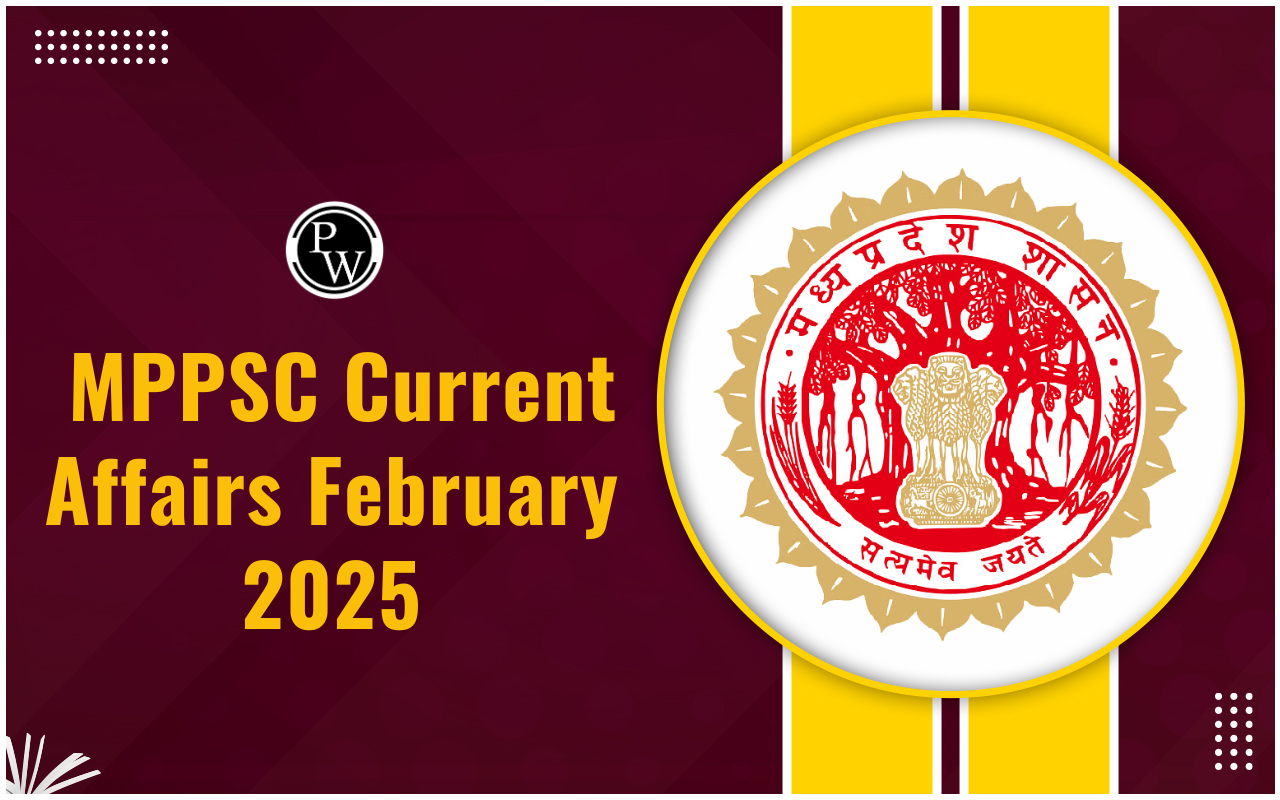
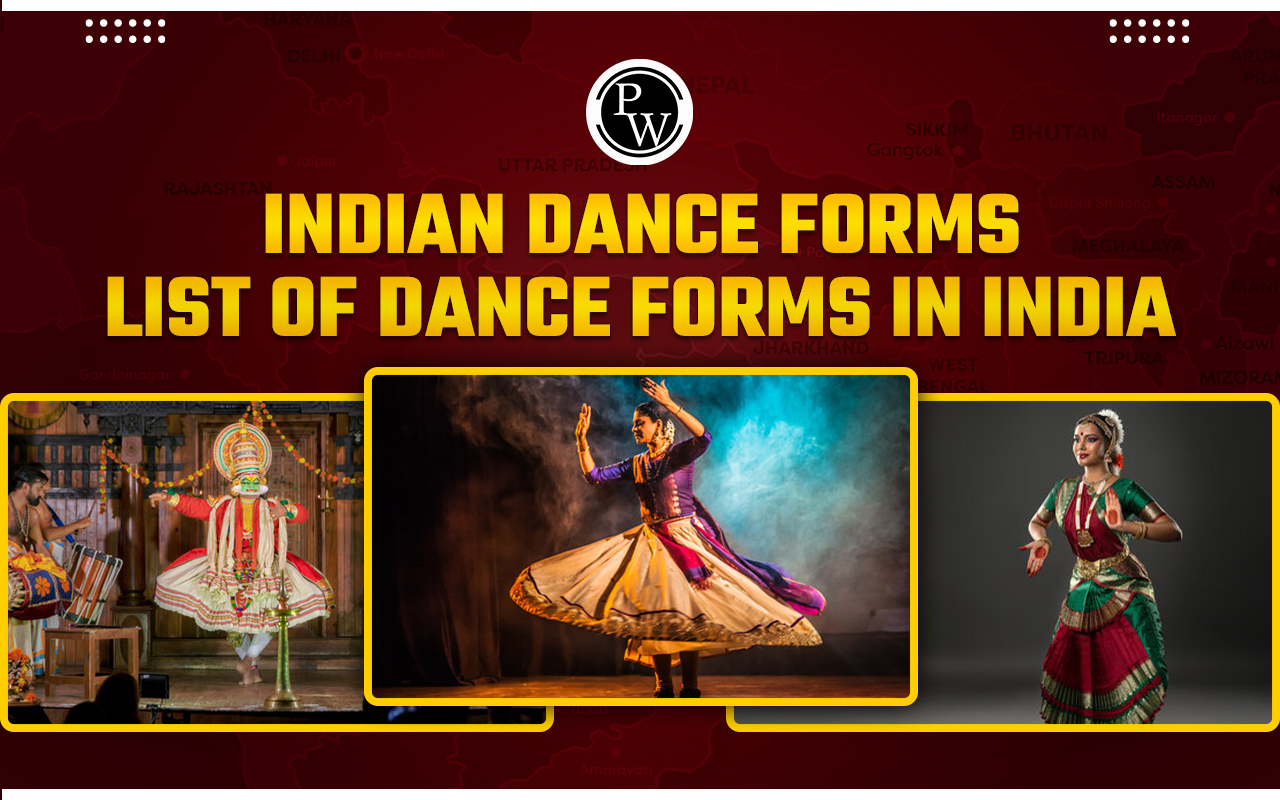
Indian Dance Forms: Indian Dance Forms is a celebration of India's diverse cultural heritage, showcasing a vibrant tapestry of traditions. Split into two main categories, classical and folk, these dances have roots deeply embedded in local traditions across the country.
Classical dance forms, steeped in tradition and history, represent a refined artistry that has evolved over centuries. Meanwhile, folk dances capture the essence of regional customs and beliefs, reflecting the unique identity of each community. In this article, we delve into the enchanting world of Indian Dance Forms in India, offering insights into their origins, styles, and significance. Whether it's the graceful movements of classical dances or the lively rhythms of folk performances, each dance form contributes to the rich tapestry of India's cultural landscape.Dance Forms in India
Dance Forms in India are primarily categorized into classical and folk dances, each with its unique characteristics and origins. Classical dance, deeply influenced by the ancient text Natya Shastra, embodies intricate movements and expressions. This genre encompasses various distinct styles, each with its specific features meticulously outlined in the Natya Shastra. In contrast, folk dance originates from the grassroots of local traditions, reflecting the cultural ethos of specific states, ethnicities, or geographic regions. These dances are vibrant expressions of community identity and customs, passed down through generations.Classical Dance Forms in India
Classical dance forms in India trace their origins back to the ancient text Natya Shastra, which serves as the foundation for their technical and aesthetic principles. Scholars recognize eight classical dance forms based on traditional sources. Each classical dance form is distinguished by its unique expression of the eight basic technicalities:- Shringar: Depicting love and romance.
- Hasya: Portraying humor and joy.
- Karuna: Expressing sorrow and compassion.
- Raudra: Conveying anger and intensity.
- Veer: Celebrating heroism and bravery.
- Bhayanak: Evoking fear and awe.
- Bibhatsa: Reflecting disgust and aversion.
- Adbhuta: Inspiring wonder and amazement.
| List of Classical Dance of India | |
| Classical Dance | State of Origin |
| Bharatnatyam | Tamil Nadu |
| Kathak | Uttar Pradesh |
| Kuchipudi | Andhra Pradesh |
| Odissi | Odisha |
| Kathakali | Kerala |
| Sattriya | Assam |
| Manipuri | Manipur |
| Mohiniyattam | Kerala |
Classical Dances of India
India boasts a rich tapestry of classical dance forms, each with its own distinct history, styles, and cultural significance. Let's explore some of the prominent classical dances of India:- Bharatanatyam : Originating from Tamil Nadu, Bharatanatyam is deeply rooted in the ancient text Natyashastra. It encompasses a wide range of themes, including romantic love (Shringara) and devotion (Bhakti), and is accompanied by Carnatic music.
- Kathak : Hailing from northern India, Kathak is renowned for its storytelling aspect. It evolved from the traditions of Kathakaras, who imparted religious scriptures and epics like the Ramayana and Mahabharata through dance in regions like Uttar Pradesh, Rajasthan, and Madhya Pradesh.
- Kuchipudi : Emerging from Andhra Pradesh, Kuchipudi is a blend of Nritta (pure dance), Nritya (expressive dance), and Natya (drama). It developed during the Bhakti movement and showcases a unique combination of rhythmic footwork and graceful movements.
- Odissi : Originating in Odisha, Odissi dance was initially performed by female temple employees known as 'maharis.' It was later transformed into a theatrical art form, drawing inspiration from medieval sculptures, paintings, and literature of the region.
- Kathakali : Meaning 'story play,' Kathakali originated in Kerala and is renowned for its elaborate costumes, makeup, and dramatic storytelling. It typically depicts stories from epics like the Ramayana and Mahabharata, performed in the local language, Malayalam.
- Sattriya : Developed in Assam's sattras or monasteries during the 16th century, Sattriya dance is deeply rooted in Vaishnava faith. It features a unique vocabulary of hand gestures, footwork, and emotions, primarily focusing on devotion to Lord Krishna.
- Manipuri : Originating in Manipur, Manipuri dance is influenced by Vaishnavism and is divided into two distinct styles: jagoi and cholom. It showcases a harmonious blend of feminine grace and vibrant movements, reflecting the rich cultural heritage of the region.
- Mohiniyattam : Meaning 'dance of the enchantress,' Mohiniyattam originated in Kerala and is characterized by its feminine grace and fluid movements. It incorporates rhythmic patterns from Kerala's traditional music and is often performed in temple settings.
Folk Dances of India
Folk dances in India are vibrant expressions of the diverse cultures and traditions of different communities across the country. These dances encapsulate the essence of local customs and rituals, often serving as integral parts of community celebrations such as childbirth ceremonies, festivals, and weddings. Performed with great enthusiasm and joy, folk dances showcase the unique cultural identity and heritage of the regions they originate from. They serve as a means of preserving and passing down traditions from one generation to the next, fostering a sense of unity and belonging within the community. Here is the list of Folk Dances in India| List of Folk Dance of India | |
| State of Origin | Folk Dances in India |
| Andhra Pradesh | Vilasini Natyam, Bhamakalpam, Veeranatyam, Dappu, Tappeta Gullu, Lambadi, Dhimsa, Kolattam |
| Arunachal Pradesh | Buiya, Chalo, Wancho, Pasi Kongki, Ponung, Popir |
| Assam | Bihu, Bichhua, Natpuja, Maharas, Kaligopal, Bagurumba, Naga dance, Khel Gopal |
| Bihar | Jata-Jatin, Bakho-Bakhain, Panwariya |
| Chhattisgarh | Gaur Maria, Panthi, Raut Nacha, Pandwani, Vedamati, Kapalik |
| Gujarat | Garba, Dandiya Raas, Tippani Juriun, Bhavai |
| Goa | Tarangamel, Koli, Dekhni, Fugdi, Shigmo, Ghode, Modni, Samayi nrutya, Jagar, Ranmale |
| Haryana | Jhumar, Phag, Daph, Dhamal, Loor, Gugga, Khor |
| Himachal Pradesh | Jhora, Jhali, Chharhi, Dhaman, Chhapeli, Mahasu |
| Jammu & Kashmir | Rauf, Hikat, Mandjas, Kud Dandi Nach |
| Jharkhand | Alkap, Karma Munda, Agni, Jhumar, Janani Jhumar, Mardana Jhumar, Paika, Phagua |
| Karnataka | Yakshagana, Huttari, Suggi, Kunitha, Karga |
| Kerala | Ottam Thullal, Kaikottikali |
| Maharashtra | Lavani, Nakata, Koli, Lezim, Gafa, Dahikala Dasavtar |
| Madhya Pradesh | Jawara, Matki, Aada, Khada Nach, Phulpati, Grida Dance, Selalarki, Selabhadoni |
| Manipur | Dol Cholam, Thang Ta, Lai Haraoba, Pung Cholom |
| Meghalaya | Ka Shad Suk Mynsiem, Nongkrem, Laho |
| Mizoram | Cheraw Dance, Khuallam, Chailam, Sawlakin, Chawnglaizawn, Zangtalam |
| Nagaland | Rangma, Zeliang, Nsuirolians, Gethinglim |
| Odisha | Savari, Ghumara, Painka, Munari |
| Punjab | Bhangra, Giddha, Daff, Dhaman, Bhand |
| Rajasthan | Ghumar, Chakri, Ganagor, Jhulan Leela, Jhuma, Suisini, Ghapal |
| Sikkim | Chu Faat, Sikmari, Singhi Chaam or the Snow Lion, Yak Chaam, Denzong Gnenha, Tashi Yangku |
| Tamil Nadu | Kumi, Kolattam, Kavadi |
| Tripura | Hojagiri |
| Uttar Pradesh | Nautanki, Raslila, Kajri, Jhora, Chappeli |
| Uttarakhand | Garhwali, Kumayuni, Kajari, Jhora, Raslila |
Indian Dance Forms FAQs
What are Indian dance forms?
Indian dance forms encompass a wide array of traditional dances that reflect the diverse cultural heritage of the country. These dances are classified into two main categories: classical and folk.
What is the difference between classical and folk dance forms in India?
Classical dance forms in India are characterized by their deep-rooted traditions, intricate movements, and historical significance, while folk dances originate from local traditions and are vibrant expressions of regional customs and beliefs.
How many classical dance forms are there in India?
There are eight classical dance forms recognized in India, each with its unique style and cultural significance.
What are some famous classical dance forms of India?
Prominent classical dance forms of India include Bharatanatyam, Kathak, Kuchipudi, Odissi, Kathakali, Sattriya, Manipuri, and Mohiniyattam.
What are some examples of folk dances in India?
Folk dances in India are diverse and numerous, representing the cultural richness of different regions. Some examples include Bihu (Assam), Garba (Gujarat), Bhangra (Punjab), Lavani (Maharashtra), and Chhau (Jharkhand).
🔥 Trending Blogs
Talk to a counsellorHave doubts? Our support team will be happy to assist you!

Check out these Related Articles
Free Learning Resources
PW Books
Notes (Class 10-12)
PW Study Materials
Notes (Class 6-9)
Ncert Solutions
Govt Exams
Class 6th to 12th Online Courses
Govt Job Exams Courses
UPSC Coaching
Defence Exam Coaching
Gate Exam Coaching
Other Exams
Know about Physics Wallah
Physics Wallah is an Indian edtech platform that provides accessible & comprehensive learning experiences to students from Class 6th to postgraduate level. We also provide extensive NCERT solutions, sample paper, NEET, JEE Mains, BITSAT previous year papers & more such resources to students. Physics Wallah also caters to over 3.5 million registered students and over 78 lakh+ Youtube subscribers with 4.8 rating on its app.
We Stand Out because
We provide students with intensive courses with India’s qualified & experienced faculties & mentors. PW strives to make the learning experience comprehensive and accessible for students of all sections of society. We believe in empowering every single student who couldn't dream of a good career in engineering and medical field earlier.
Our Key Focus Areas
Physics Wallah's main focus is to make the learning experience as economical as possible for all students. With our affordable courses like Lakshya, Udaan and Arjuna and many others, we have been able to provide a platform for lakhs of aspirants. From providing Chemistry, Maths, Physics formula to giving e-books of eminent authors like RD Sharma, RS Aggarwal and Lakhmir Singh, PW focuses on every single student's need for preparation.
What Makes Us Different
Physics Wallah strives to develop a comprehensive pedagogical structure for students, where they get a state-of-the-art learning experience with study material and resources. Apart from catering students preparing for JEE Mains and NEET, PW also provides study material for each state board like Uttar Pradesh, Bihar, and others
Copyright © 2025 Physicswallah Limited All rights reserved.
